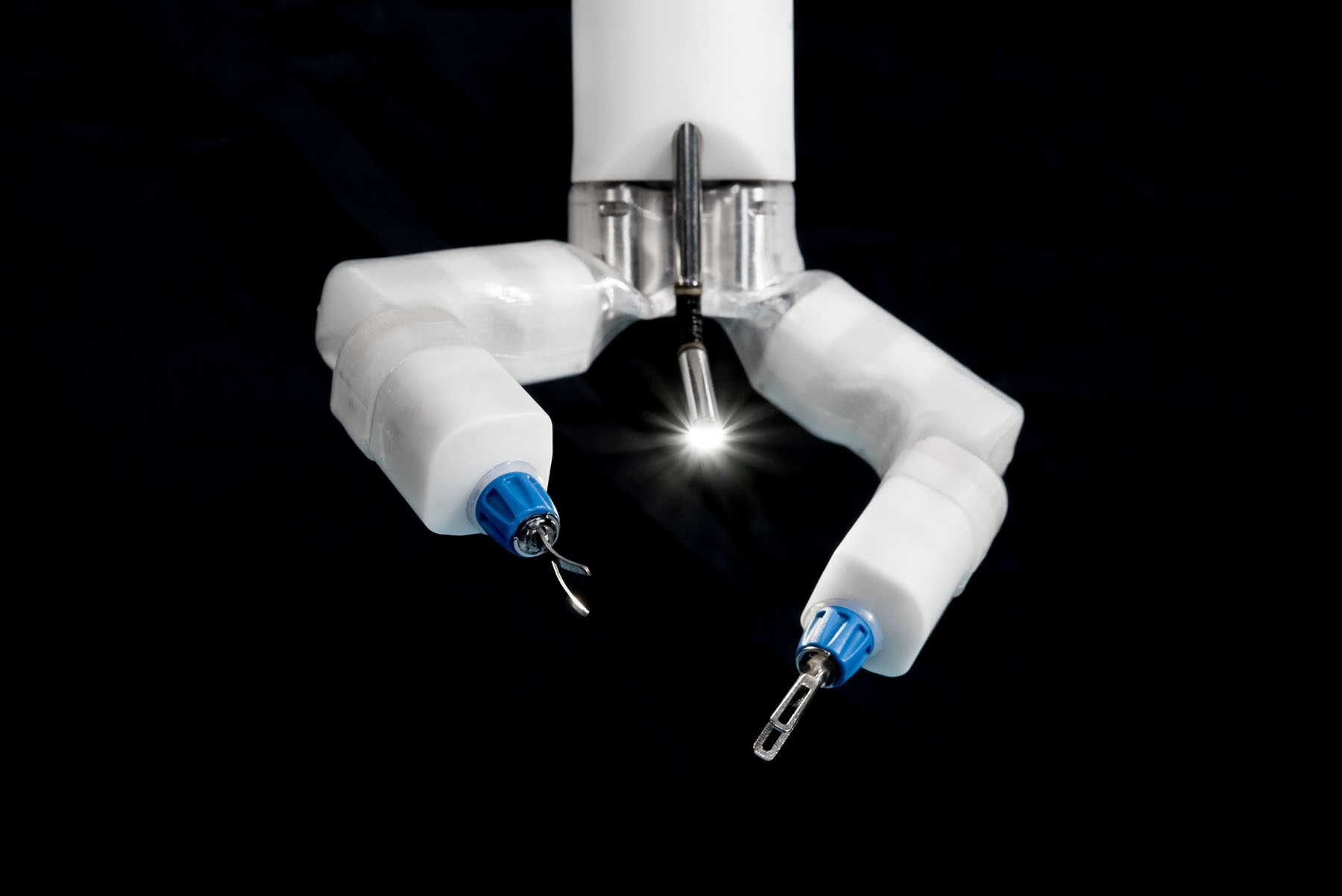SpaceMira: The Revolutionary Robot for Space Operations
SpaceMira: The Future of Space Operations
The SpaceMira experiment, the surgical robot aboard the orbiting station, represents a milestone in the history of space exploration and medicine. The ability to conduct surgical procedures in zero-gravity with precision and autonomy opens new horizons for the health and safety of astronauts during long-term space missions. In this context, SpaceMira is not just a robot, but a true pioneer in the field of telemedicine and advanced robotics.
Experiment Objectives
The experiment with SpaceMira on the orbiting station has clearly defined objectives: to test the feasibility of robotic surgery in space, to evaluate the precision and effectiveness of the procedures in a zero-gravity environment, and to improve telepresence techniques to allow doctors on Earth to monitor and guide operations from a distance.
Technical Challenges and Solutions
The technical challenges of conducting robotic surgery in space are numerous. The absence of gravity requires advanced anchoring and positioning systems for the robot and surgical instruments. Moreover, communications between Earth and the orbiting station, subject to latency, necessitate the adoption of artificial intelligence algorithms that allow SpaceMira to operate in semi-autonomy, reducing the need for real-time instructions.
Technology and Innovation
SpaceMira is equipped with the most advanced robotic technology, including high-precision mechanical arms, miniaturized surgical instruments, and state-of-the-art imaging systems. These tools, combined with advanced surgical navigation software, enable SpaceMira to perform a wide range of surgical procedures with superhuman precision.
SpaceMira: The Future of Space Operations
SpaceMira's experiment, the surgical robot on the orbiting station, represents a milestone in the history of space exploration and medicine. The ability to conduct surgical interventions in zero gravity, with precision and autonomy, opens new horizons for the health and safety of astronauts during long-duration space missions. In this context, SpaceMira is not just a robot, but a true pioneer in the field of telemedicine and advanced robotics.
Objectives of the Experiment
The experiment with SpaceMira on the orbiting station has clearly defined objectives: to test the feasibility of robotic surgical interventions in space, to assess the precision and effectiveness of procedures in a zero-gravity environment, and to improve telepresence techniques to allow doctors on Earth to monitor and guide operations from a distance.
Technical Challenges and Solutions
The technical challenges of conducting robotic surgery in space are manifold. The absence of gravity requires advanced anchoring and positioning systems for the robot and surgical tools. Moreover, the communications between Earth and the orbiting station, subject to latency, necessitate the adoption of artificial intelligence algorithms that allow SpaceMira to operate in semi-autonomy, reducing the need for real-time instructions.
Technology and Innovation
SpaceMira is equipped with the most advanced robotic technology, including high-precision mechanical arms, miniaturized surgical tools, and state-of-the-art imaging systems. These tools, combined with advanced surgical navigation software, allow SpaceMira to perform a wide range of surgical procedures with superhuman precision.
Results and Future Implications
The preliminary results of the experiment are extremely promising. SpaceMira has demonstrated the ability to successfully perform complex surgical procedures in a space environment with accuracy. This not only increases the safety and self-sufficiency of future space missions but also paves the way for new applications of robotic surgery in remote or inaccessible terrestrial contexts.
Impact on Space Medicine
SpaceMira's experiment revolutionizes the concept of space medicine, offering concrete solutions for the treatment of medical emergencies in orbit. The possibility of performing surgical interventions in space without having to return to Earth for specialized medical care represents a huge step forward in managing the health of astronauts.
Future Prospects
Looking to the future, SpaceMira's experiment opens up exciting scenarios for space exploration. The ability to provide advanced medical assistance in space extends the range of human missions, making longer and more ambitious exploratory trips possible, such as stays on Mars or beyond.
In conclusion, SpaceMira is not only a testament to human ingenuity but also a symbol of the intersection between technology and the care of human well-being. The experiment on the orbiting station not only marks progress in robotics and space medicine but also ushers in a new era of possibilities for human exploration of space, where the limits of terrestrial medicine are overcome thanks to innovation and the courage to explore the unknown.
Exploration and utilization of outer space represent some of the most fascinating and complex frontiers in modern engineering and science. In this context, robots like SpaceMira emerge as innovative solutions to overcome the limits imposed by the hostile space environment and vast astronomical distances.
The Evolution of Space Robotics
Space robotics has made giant strides over the past few decades, evolving from simple support tools to key players in space missions. SpaceMira stands at the pinnacle of this evolution, designed to perform a wide range of space operations with unprecedented autonomy and precision.
Capabilities and Functionalities of SpaceMira
SpaceMira is equipped with cutting-edge technologies that allow it to perform orbital repairs, construct space structures, and even conduct scientific experiments. Its ability to operate in extreme conditions makes it an indispensable tool for satellite maintenance, assembling modules for space stations, and exploring celestial bodies.
Impacts and Benefits of SpaceMira Operations
The use of SpaceMira in space brings numerous benefits, from reducing costs and risks associated with human space missions to increasing the efficiency and lifespan of space infrastructures. SpaceMira opens new possibilities for scientific research and the exploitation of space resources, contributing to the development of sustainable technologies and understanding of the universe.
Challenges and Future Prospects
Despite SpaceMira's revolutionary potential, its practical implementation in space faces significant challenges, including the need for advanced communication systems and reliable and powerful energy sources. The future of space robotics will depend on the ability to overcome these obstacles and to integrate artificial intelligence increasingly into space operations.
SpaceMira represents a significant advance in space robotics, promising to revolutionize the way we interact and operate in space. As we approach a new era of space exploration, robots like SpaceMira will be at the heart of missions that push the boundaries of science and technology far beyond our current understanding.





